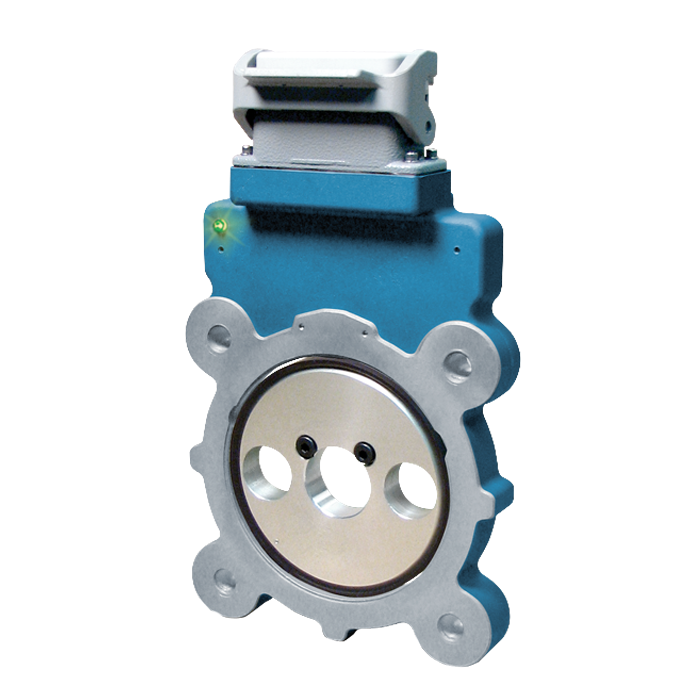So you are wondering about safety certifications for rotary incremental encoders? This is a complex issue, and in this post, we'll do our best to explain the certifications, and how they apply to encoders.
First, keep in mind that safety certifications are an ever-changing field. If the post/update date for this blog isn't within 12 months of when you are reading it, you will definitely need to check for changes.
Second, this is not a legal advisory: Nidec Avtron does not claim to be advising anyone on suitability of purpose, best methods of protection, how to apply safety standards, etc.
Ok, so now the ever-hopeful trial lawyers stopped reading this so we can get on to business.
From the top level view, there are four prevalent groups of certification for hazardous duty encoder applications such as oil and gas drilling, as well has hazardous areas in industrial facilities: ATEX, CSA, IECEx, and UL.
ATEX:
For Asia and Europe, ATEX certification of encoders is typically required by the insuring body and/or the equipment operator. Once the manufacturer obtains ATEX approval (or self-certifies) there are a set of documents to describe the certification: The Declaration of Conformity (Avtron encoder example), the EC-type Examination Certificate (for Zone 1), or the EC-type Test Certificate (for Zone 2), and the PQAN Production Quality Assurance Notification.
UL/NEC:
For North America, insuring bodies typically require National Electric Code aka UL compliance/certification for encoders. This can be either NEC500 or NEC505 encoder certification. So this subdivides North America further, into 2 groups:
NEC500 encoder certification is commonly referred to as UL Class and Division, or Class and Div for short. (In North America, UL has 2 roles: one portion writes/proposes safety rules/certifications, the other portion is a "Nationally Recognized Test Laboratory" that tests to the standards. There are other Nationally Recognized Test Laboratories that can test to the UL standards). Here's an example Avtron encoder Certificate of Compliance for Class 1, Division 2, Groups A, B, C, D. Groups are used to refer to the types of hazards present, in this case, ignitable gases.
NEC505 encoder certification is commonly referred to as Class and Zone.
Another area of confusion is hazardous area certification vs. testing or listing for enclosure types or electrical safety. Many encoder manufacturers outside the US thought that UL certification as a requirement for US installations. So they may have models that have UL listing, or UL recognized component (RU) markings. These encoders are not necessarily certified for operation in hazardous applications. Examples would include UL61010-1, Electrical Equipment for Laboratory Use.
CSA:
In Canada, CSA has a similar role to UL. It has 2 portions, one which writes/proposes safety standards for hazardous areas, and the second which is the accredited test laboratory portion which tests products to the standards. Interestingly, UL is also a accredited test laboratory; UL created the cUL designation to indicate compliance with the CSA. Avtron's XR series of encoders bear the cUL label, indicating compliance with CSA standards. Here's an example certificate indicating Avtron encoder compliance with CSA 22.2 #14-13 and CSA 22.2 #213-M1987.
IECEx:
IECEx is a separate encoder certification, typically also used in Europe. However, a proposed UL Coast Guard rule change made IECEx suddenly very relevant for encoders worldwide. In short, this is pushing many operators for offshore rigs (MODU) to require IECEx certification for encoders used in their drilling rigs. For these operators, and their OEMs, IECEx is being touted as the new international standard that can be used for encoders in all drilling applications other than North American land rigs.
CE:
CE is yet another set of encoder certifications, typically applicable to Europe and Asia. CE is not relevant to hazardous area applications, except that IECEx and ATEX standards often require CE certification as a minimum before a unit can be tested to IECEx or ATEX.
Finding Reliable Encoders That Meet Safety Certifications:
So congratulations, you fought your way this far through the safety certification thicket! The good news for you is that Nidec Avtron has extremely durable encoders that meet all of these standards: UL Class/Div, UL Class/Zone, ATEX, CSA, and IECEx. So no matter what certification your application requires, we've got encoders to meet the challenge!
Some key Avtron encoder advantages for hazardous area encoders:
We offer hazardous duty encoder models without bearings--this greatly increases reliability. No mechanical moving, wearing parts.
/XR115.png?width=175&name=XR115.png)
Avtron hazardous duty encoders include LED and remote diagnostics so you know your encoder is working. Remember that over 50% of the encoder typically removed as "bad" from applications aren't broken--the problem is somewhere else. With good encoder diagnostics, you will immediately reduce your on-rig encoder replacement by 50%!
For more information about encoder reliability in oil and gas applications, download our white paper here:

